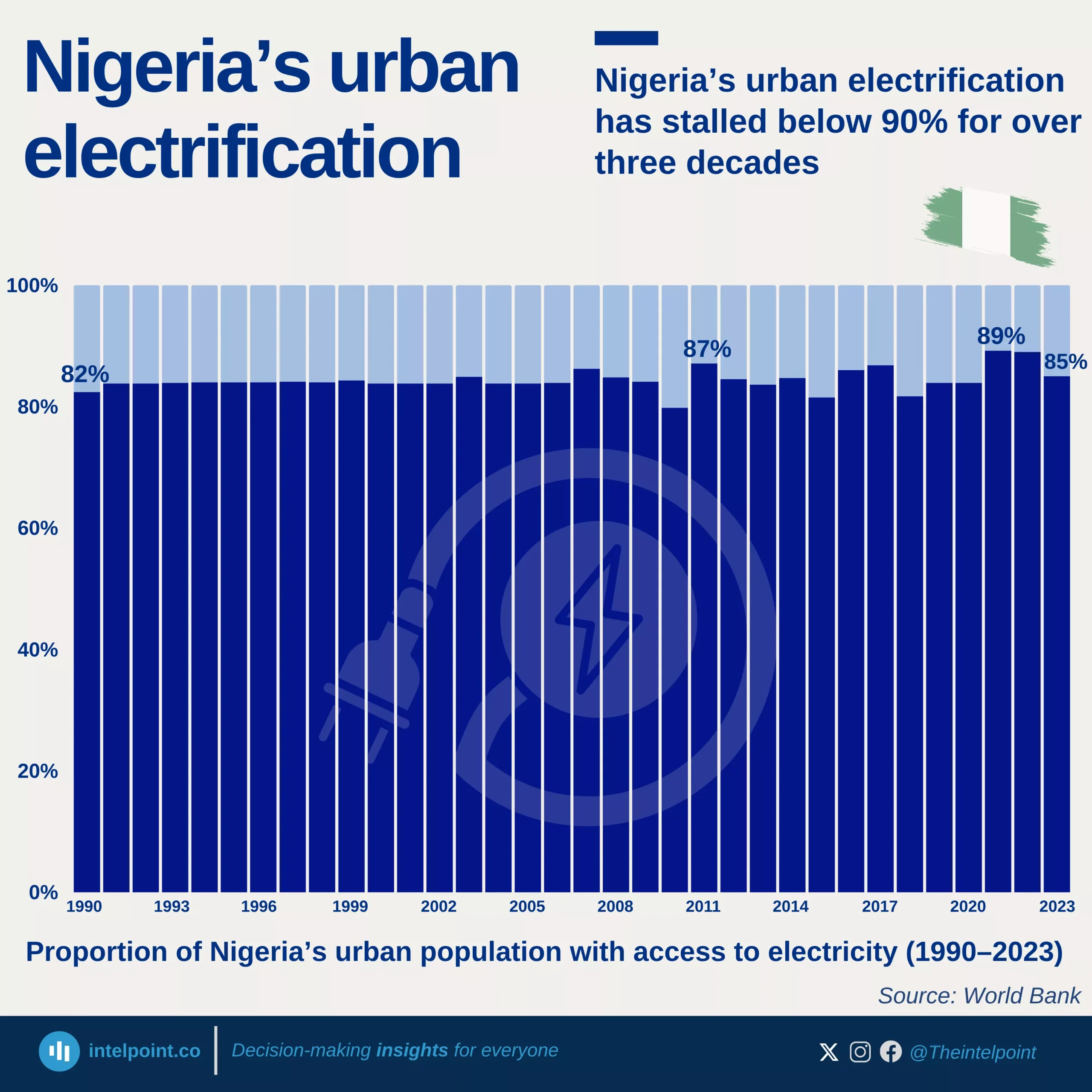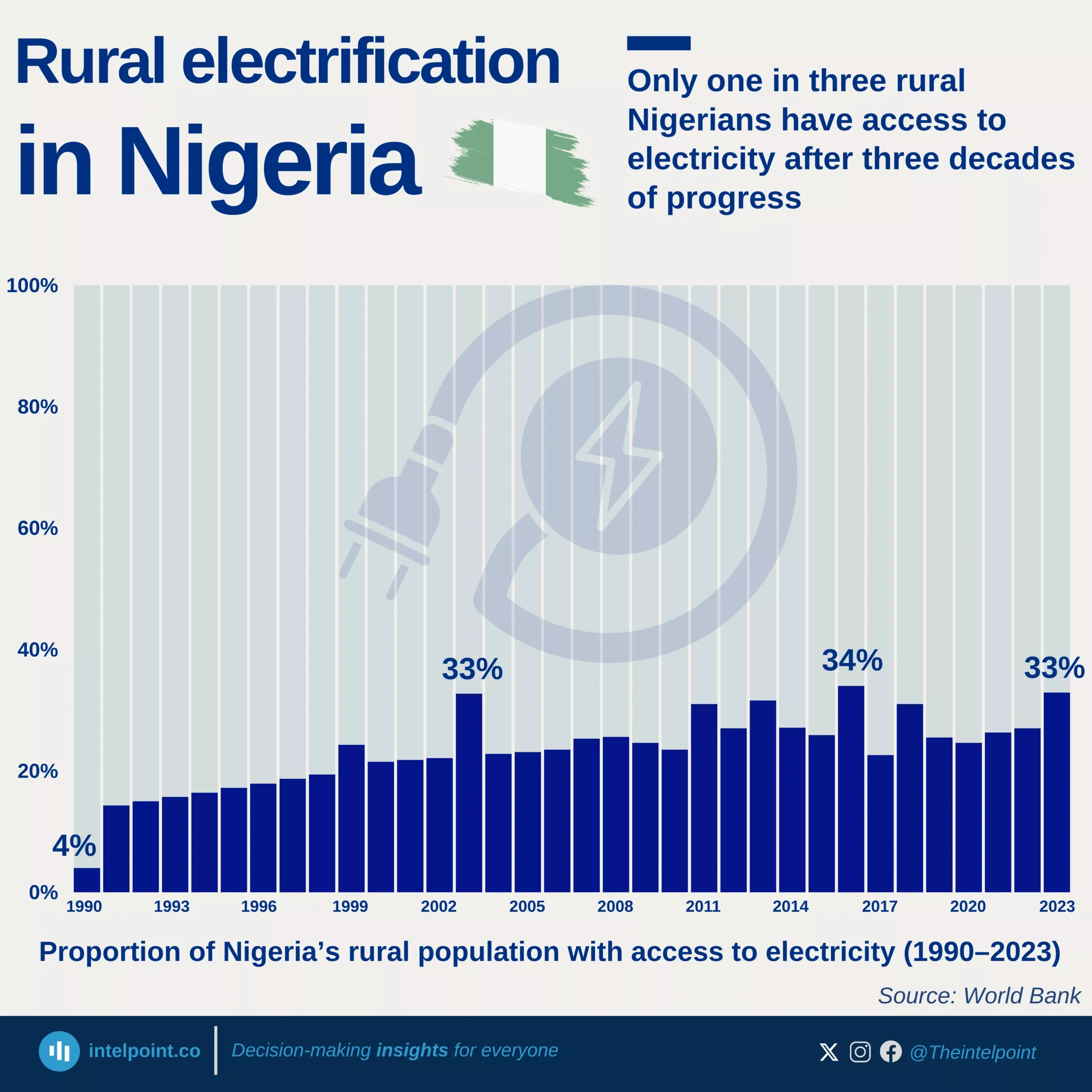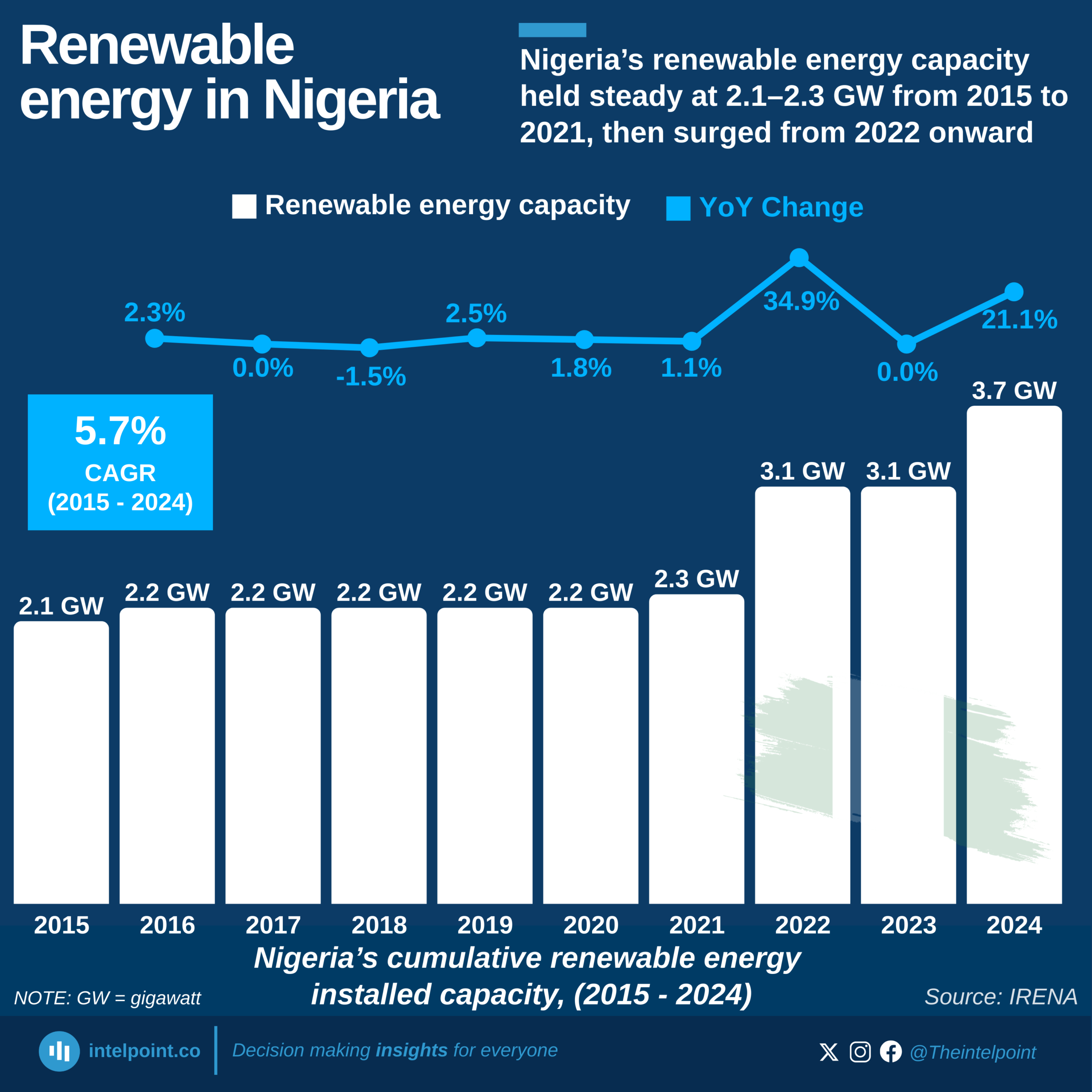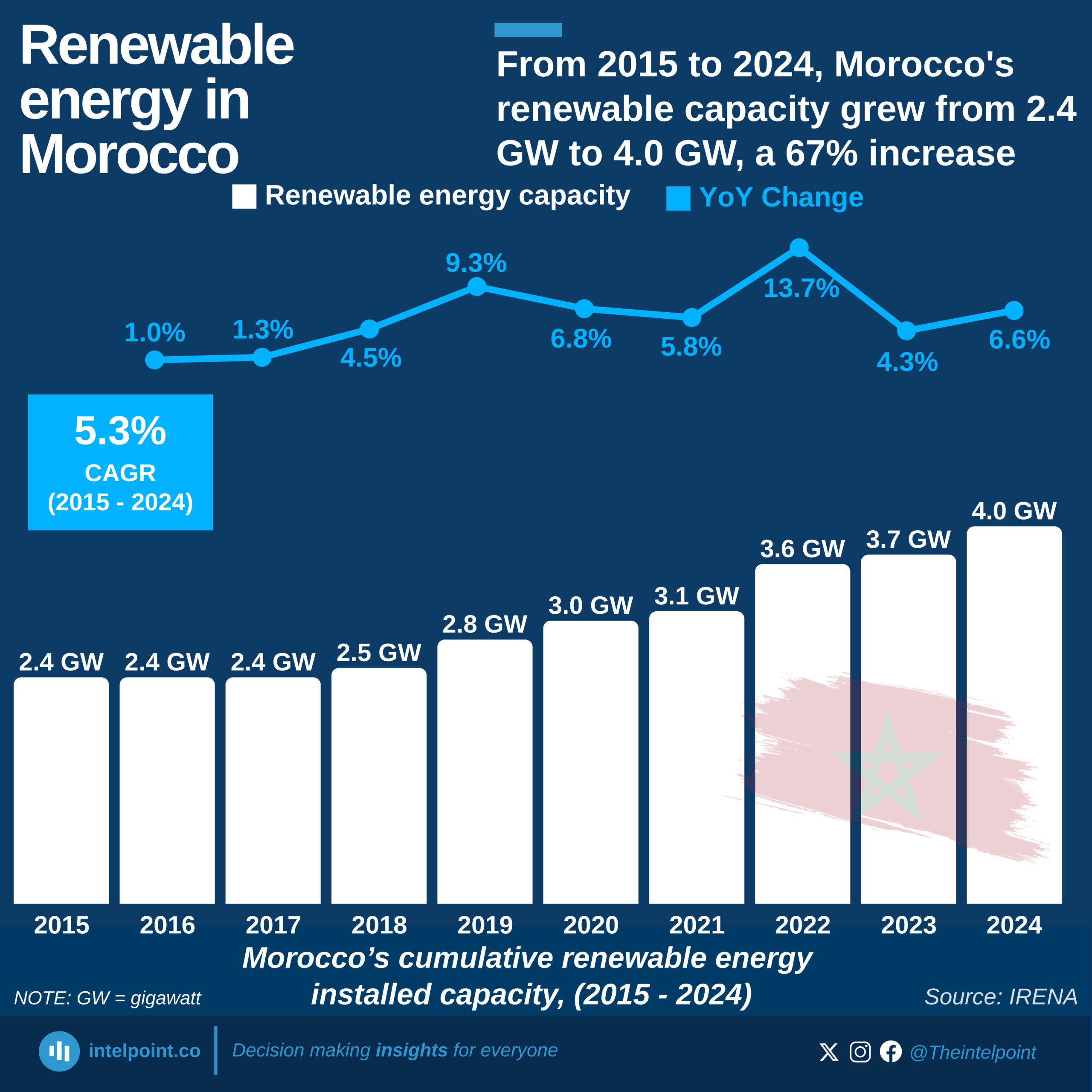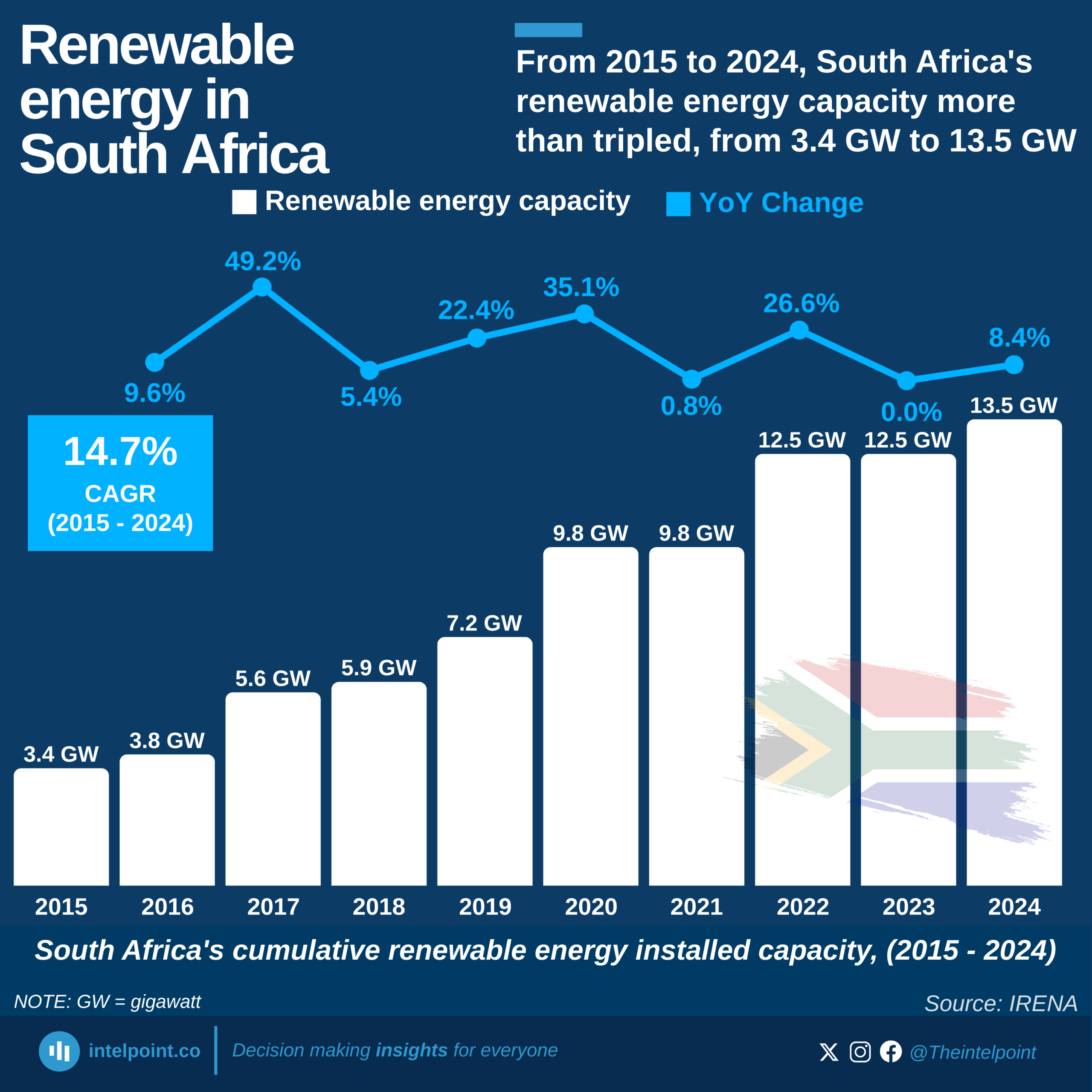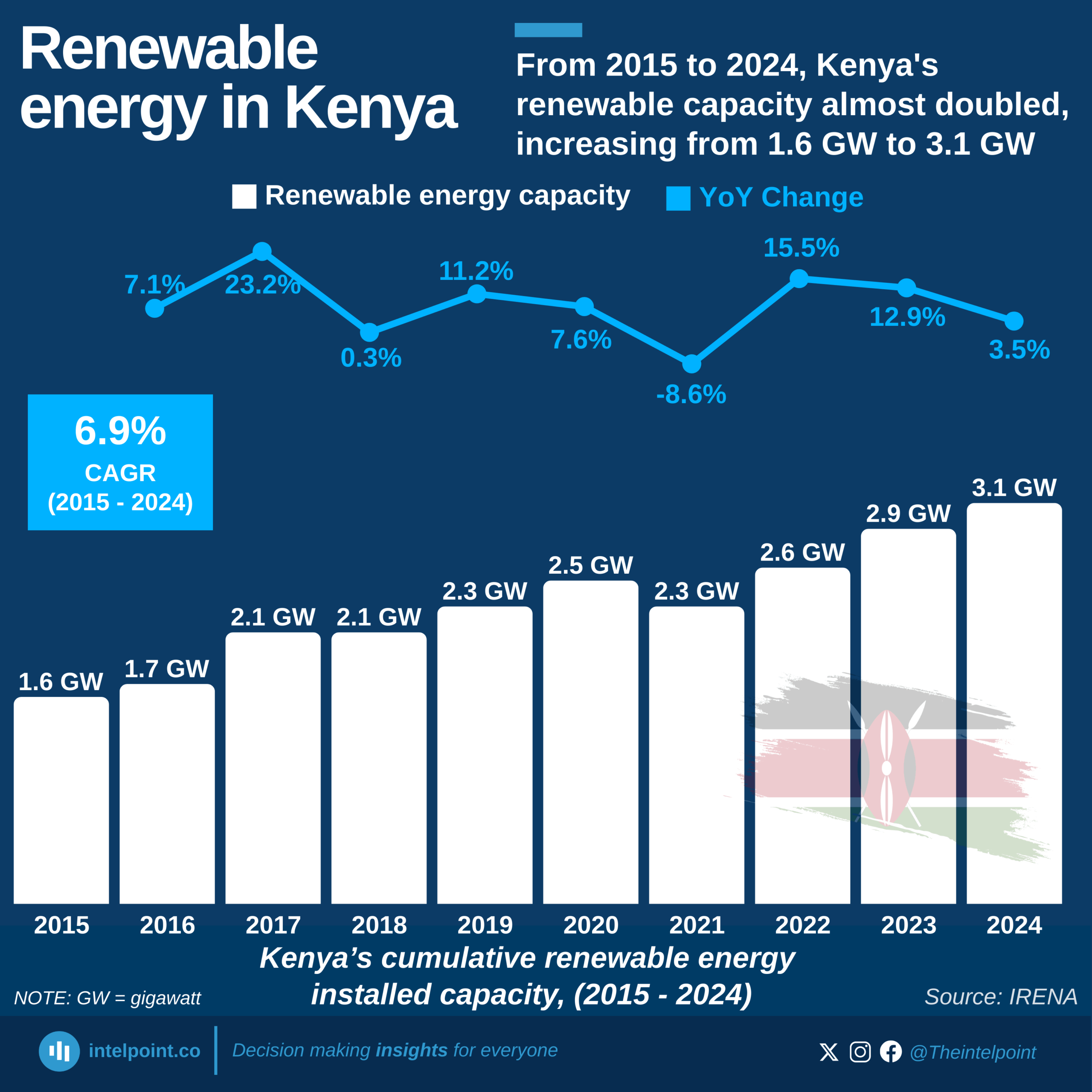Africa’s battery energy storage sector is beginning to take shape, with South Africa emerging as the clear leader. The country has 30 storage systems, more than three times the size of Egypt’s pipeline and far ahead of any other African market. This dominance underscores South Africa’s aggressive push to stabilise its power grid, reduce dependence on coal, and integrate renewable energy sources at scale. In contrast, while other countries are making strides, their projects are fewer in number and smaller in capacity.
